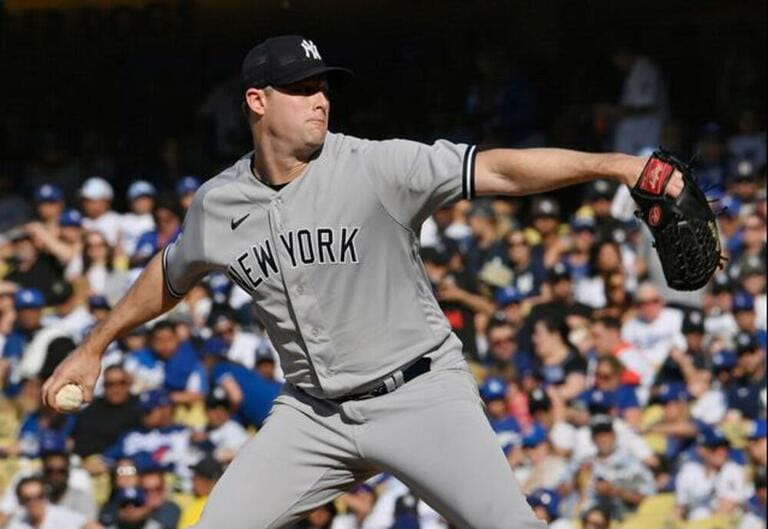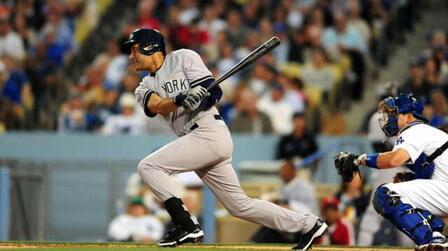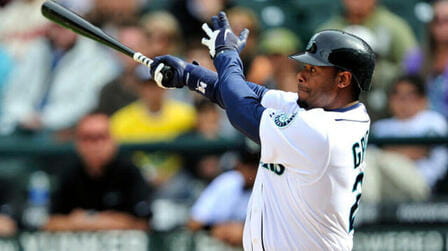Major League Baseball (MLB) is one of the most popular and profitable sports leagues in the world. In 2022, MLB teams generated a combined $10.7 billion in revenue, up from $9.4 billion in 2019. But where does all that money come from?
There are several major sources of revenue for MLB teams: broadcast rights deals, revenue sharing, ticket sales, merchandise sales, and other areas like sponsorships and concessions. Teams use this revenue to pay player salaries, maintain their stadiums, and market their brand.
This article will provide an overview of the key areas where MLB teams generate the bulk of their revenue. Understanding MLB's finances sheds light on how teams are able to spend big on player contracts, as well as how smaller market teams can compete financially.
Broadcast Rights

MLB has lucrative national broadcast deals with networks like ESPN, Fox, and Turner Sports (TBS). These deals generate over $1.5 billion per year in revenue that is shared equally among the 30 teams.
In addition, each team negotiates its own local broadcast contract. Regional sports networks like the New York Yankees' YES Network or the Boston Red Sox's NESN pay millions to air games in their geographic territory.
The most valuable local MLB broadcast deals can be worth over $100 million per year. For example, the Los Angeles Dodgers' deal with Spectrum is reportedly worth $8.35 billion over 25 years. That's $334 million per year!
The New York Yankees also have extremely profitable local broadcast deals. Their YES Network deal earns them over $400 million per year. On top of that, their radio deal with WFAN is worth $17 million annually.
Lucrative broadcast rights contracts allow big market teams like the Yankees, Dodgers and Red Sox to rake in hundreds of millions in annual revenue. This enables higher spending on premium talent.
But even small market teams can earn tens of millions annually from their local media deals. This critical revenue stream helps level the economic playing field.
Revenue Sharing
MLB has an extensive revenue sharing system to promote competitive balance. Under this system, wealthier teams pay a percentage of their local revenue into a pool. That pool is then divided and distributed to smaller market teams.
In 2022, each MLB team received $60.1 million in revenue sharing payouts. Over $200 million was collected from local revenue sources like broadcast rights and ticket sales and allocated to lower-revenue franchises.
Revenue sharing aims to compensate small market teams operating in less lucrative cities. For example, the New York Yankees made over $600 million in local revenue in 2021. The Tampa Bay Rays made under $200 million that same year playing in a much smaller market.
Revenue sharing narrows that gap. Teams like the Rays can stay competitive in part due to the millions in payouts from big market clubs.
This system has helped MLB maintain competitive parity despite drastic differences in local revenue. Over the past 10 years, small market teams like the Royals, Pirates and Rays have all made the postseason. Revenue sharing funds supplement gate receipts and broadcast revenue for these low-budget franchises.
Ticket Sales

The average MLB team sold around 2.6 million tickets in 2019. But ticket sales and attendance vary widely depending on the club. Small market teams may only draw 1-2 million fans. Large markets like the Yankees can sell over 3.5 million tickets.
Ticket prices also range substantially based on team, stadium, and opponent. The average ticket price across MLB is around $32. But premium seats at Yankee Stadium might cost several hundred dollars when the Red Sox are visiting.
Overall, ticket revenue can surpass $100 million for large market teams. For example, the St. Louis Cardinals generated $159 million in gate receipts in 2021. Smaller market clubs might earn less than $50 million annually in ticket sales.
Either way, selling tickets is an essential revenue stream enabling teams to keep the lights on and meet payroll.
Merchandise Sales
In addition to ticket sales, MLB teams make money by selling team merchandise like jerseys, hats, shirts and other branded gear.
Fanatics is the operator of MLB's e-commerce store and runs the online shops for each team. Clubs earn royalty revenue based on merchandise sales.
Globally, MLB sells over $1.5 billion in licensed products each year. The sport's most popular teams like the Yankees, Dodgers and Red Sox likely take home the biggest merchandise revenue.
Having star players is key for merchandise sales. For example, jersey sales skyrocketed when the Angels signed Mike Trout and the Phillies added Bryce Harper. Fans want to rep their favorite stars.
Merchandise provides another revenue stream that helps teams keep up with expenses and satisfy their enormous payrolls.
Sponsorships

Jersey patch ads have been adopted by MLB and will begin appearing in 2023. Companies like State Farm, T-Mobile and Verizon are paying around $10 million per year to sponsor clubs.
Stadium naming rights also provide sponsorship revenue. The San Francisco Giants' ballpark is called Oracle Park thanks to a $200+ million naming rights deal. Other MLB facilities bear the name of Fortune 500 companies.
Also, companies routinely pay to be designated an "official sponsor" and get marketing assets with MLB clubs. Official sponsors for teams include big brands like Anheuser-Busch, Pepsi, Bank of America, and Toyota.
For popular big-market teams, corporate sponsorships can drive millions in annual sales. But even small-budget clubs leverage local business deals for essential income.
Other Revenue Sources
MLB teams have access to other supplementary revenue streams beyond the major categories outlined above. These miscellaneous areas include:
- Spring training - Fans pay to attend spring training games in Arizona and Florida. Concessions and parking also generate revenue.
- Luxury suites - Wealthy fans and companies pay for premium suite rentals, often with food/drink packages. The Dodgers have over 30 luxury suites at $550k-$850k per season.
- Concessions - Teams earn a portion of sales from food, drinks and snacks in the ballpark. High margins make this a lucrative area.
- Parking - Many teams directly operate or lease out parking around their stadium and collect this revenue.
- International events - MLB teams occasionally play overseas games, such as in Mexico and Japan, that generate extra income.
- Real estate - Some teams develop real estate around their ballpark for year-round revenue like restaurants and shops.
How Teams Spend Revenue
Where does all this money go? MLB teams have extremely high expenses and reinvest much of their revenue back into the franchise.
Here's a breakdown of how teams allocate their budgets:
- Player salaries - This is by far the largest expense, accounting for over 50% of total spending. The average MLB payroll exceeds $140 million. Top teams spend over $260 million per season on talent.
- Stadium expenses - MLB teams spend millions annually to operate, maintain and improve their ballparks. Utilities, employees and mortgage payments take big chunks of revenue. Capital projects like recent improvements to Yankee Stadium carry huge one-time costs.
- Administrative overhead - Front office headcount for executives, scouts, analytics, marketing and other roles represents another significant cost.
- Minor league system - MLB clubs fund the salaries and facilities for their entire minor league organization which can have 6-8 affiliate teams.
- Marketing and fan engagement - Promotions, giveaways, bobbleheads, and other fan experience costs help drive interest and ticket sales.
- MLB revenue sharing - Big market teams pay tens of millions as part of MLB's revenue sharing program aimed at competitive balance.
After expenses, well-run MLB franchises produce millions in profit. The sport overall is doing very well financially.
Conclusion
In conclusion, MLB teams generate the bulk of their revenue from lucrative broadcast rights deals, ticket sales, sponsorships, merchandise, and their share of league revenue sources. This allows teams to sign star players to massive contracts, as well as develop and maintain top-notch stadium facilities for fans. Revenue disparities between large and small markets exist, but MLB's robust revenue sharing program helps level the playing field. Altogether, MLB continues to see growing revenue and profits as teams leverage new income streams and capitalize on the sport's surging popularity.












